How Does A Digital Camera Capture An Image ?
A digital camera captures an image by using a sensor to convert light into an electrical signal. When the shutter button is pressed, the camera's sensor is exposed to light through the lens. The sensor is made up of millions of tiny photosites, each of which records the amount of light that hits it. The photosites then convert this light into an electrical signal, which is then processed by the camera's image processor to create a digital image.
The sensor in a digital camera is typically a charge-coupled device (CCD) or a complementary metal-oxide-semiconductor (CMOS) sensor. CCD sensors use a series of capacitors to store the electrical charge generated by the light hitting the sensor, while CMOS sensors use transistors to amplify the electrical signal.
Once the image has been captured, it is stored on a memory card in the camera. The image can then be transferred to a computer or other device for further processing or printing.
1、 Image Sensor Technology
Image Sensor Technology is the heart of a digital camera that captures an image. The image sensor is a semiconductor device that converts light into electrical signals. The two most common types of image sensors are CCD (Charge-Coupled Device) and CMOS (Complementary Metal-Oxide-Semiconductor).
When light enters the camera lens, it passes through a series of lenses and is focused onto the image sensor. The image sensor is made up of millions of tiny light-sensitive pixels that convert the light into electrical signals. Each pixel records the intensity of the light that falls on it, and the combination of all the pixels creates a digital image.
In CCD sensors, the electrical charge generated by the pixels is transferred to a single output amplifier, which converts the charge into a voltage signal. In CMOS sensors, each pixel has its own amplifier, which reduces noise and improves image quality.
The latest advancements in image sensor technology include backside illumination (BSI) and stacked sensors. BSI sensors have the wiring on the back of the sensor, allowing more light to reach the pixels and improving low-light performance. Stacked sensors have a separate layer for processing and memory, allowing for faster readout speeds and improved image quality.
In conclusion, image sensor technology is a crucial component of digital cameras that captures the image. The advancements in image sensor technology have led to improved image quality, faster readout speeds, and better low-light performance.
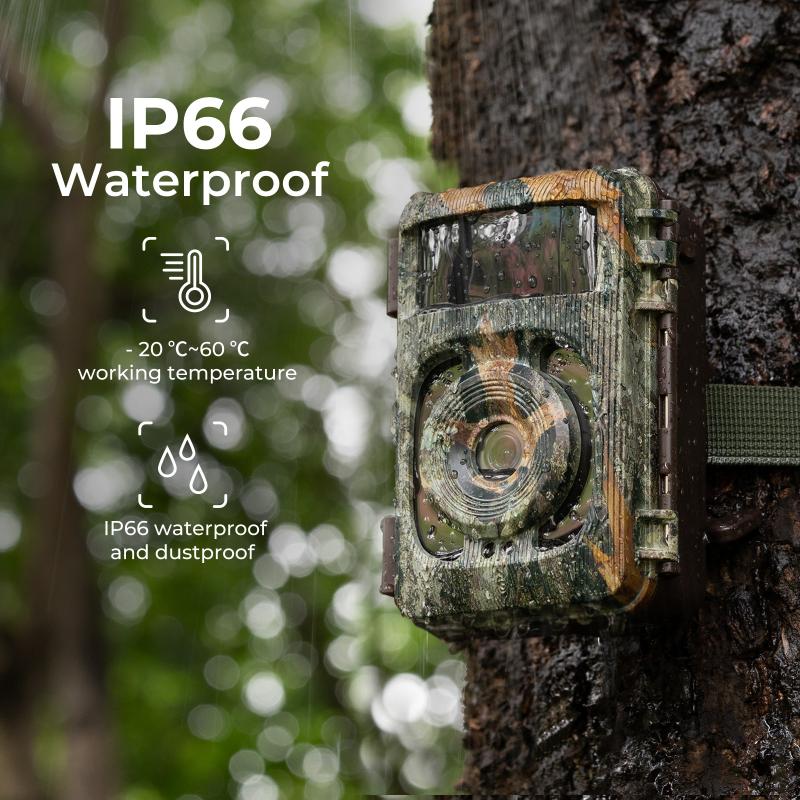
2、 Light Sensitivity and ISO
Light Sensitivity and ISO are two important factors that play a crucial role in how a digital camera captures an image. When light enters the camera through the lens, it hits the camera's sensor, which is made up of millions of tiny light-sensitive cells called pixels. These pixels convert the light into electrical signals, which are then processed by the camera's image processor to create a digital image.
The ISO setting on a digital camera determines the sensitivity of the camera's sensor to light. A higher ISO setting makes the sensor more sensitive to light, allowing the camera to capture images in low-light conditions without the need for a flash or longer exposure times. However, a higher ISO setting can also introduce more noise or graininess into the image, which can reduce image quality.
The latest point of view on light sensitivity and ISO is that modern digital cameras are becoming increasingly capable of capturing high-quality images at higher ISO settings. This is due to advancements in sensor technology, image processing algorithms, and noise reduction techniques. Some cameras even have ISO settings that go up to 102,400 or higher, allowing photographers to capture images in almost complete darkness.
In conclusion, light sensitivity and ISO are important factors in how a digital camera captures an image. Understanding how these settings work and how they affect image quality can help photographers take better photos in a variety of lighting conditions. With the latest advancements in technology, digital cameras are becoming more capable of capturing high-quality images at higher ISO settings, giving photographers more creative freedom and flexibility.
3、 Lens and Aperture
Lens and Aperture are two crucial components of a digital camera that work together to capture an image. The lens is responsible for focusing the light onto the camera's sensor, while the aperture controls the amount of light that enters the camera.
When a digital camera is turned on, the lens extends outwards and focuses the light onto the camera's sensor. The sensor is made up of millions of tiny pixels that convert the light into electrical signals. These signals are then processed by the camera's image processor to create a digital image.
The aperture, on the other hand, controls the amount of light that enters the camera. It is essentially a small opening in the lens that can be adjusted to let in more or less light. A wider aperture lets in more light, which is useful in low-light situations, while a narrower aperture lets in less light, which is useful in bright conditions.
In recent years, digital cameras have become more advanced, with many now featuring sophisticated autofocus systems and image stabilization technology. Some cameras also have built-in Wi-Fi and GPS, allowing users to easily share their photos and track their location.
Overall, the lens and aperture are essential components of a digital camera that work together to capture high-quality images. As technology continues to advance, we can expect to see even more innovative features and improvements in digital camera technology.
4、 Image Processing and Compression
How does a digital camera capture an image?
A digital camera captures an image by using a sensor that converts light into electrical signals. The sensor is made up of millions of tiny light-sensitive cells called pixels. When light enters the camera through the lens, it is focused onto the sensor, and each pixel records the amount of light that hits it. The camera then processes these signals to create a digital image.
The latest point of view on how digital cameras capture images is that they use advanced image processing algorithms to enhance the quality of the image. These algorithms can correct for things like color balance, exposure, and noise reduction. They can also apply filters and other effects to the image.
Image Processing and Compression:
Once the image is captured, it is processed and compressed to reduce its size and make it easier to store and share. Image processing algorithms can be used to enhance the image quality, remove unwanted elements, and adjust the color and contrast. Compression algorithms can then be applied to reduce the file size without losing too much detail.
The latest advancements in image processing and compression include machine learning algorithms that can automatically enhance and optimize images. These algorithms can learn from large datasets of images to identify patterns and improve the quality of the image. They can also be used to compress images more efficiently, reducing the file size without sacrificing quality.
In conclusion, digital cameras capture images by using sensors that convert light into electrical signals. These signals are then processed and compressed using advanced algorithms to enhance the image quality and reduce the file size. The latest advancements in image processing and compression include machine learning algorithms that can automatically optimize and compress images.












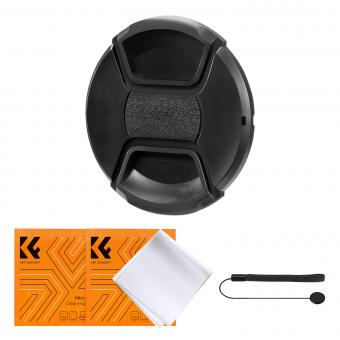


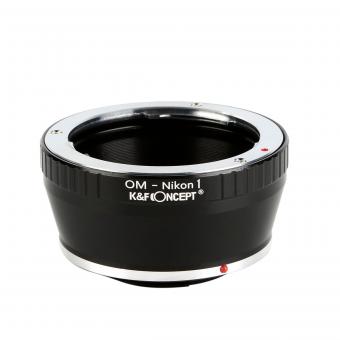
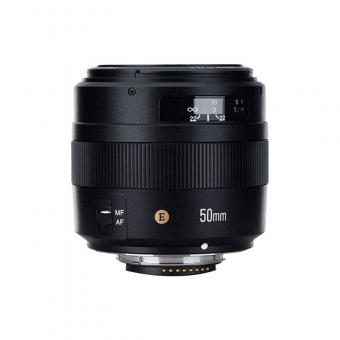
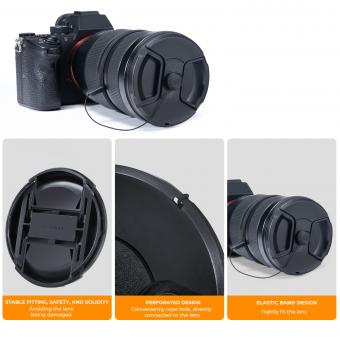



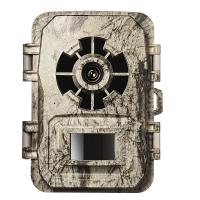
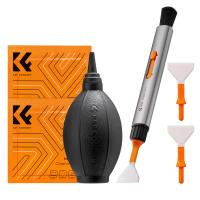

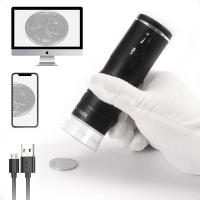

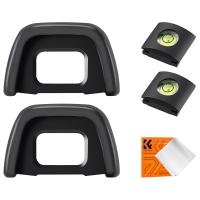
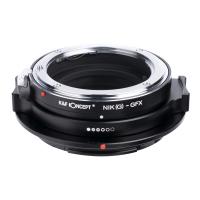

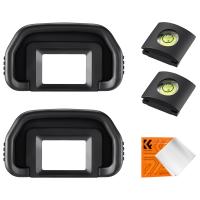
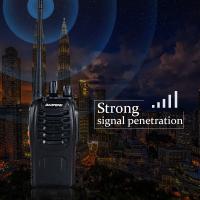
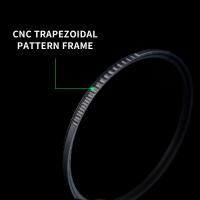
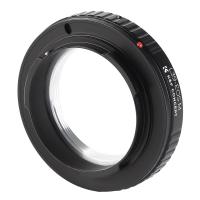

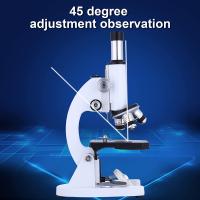
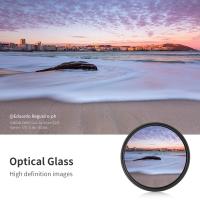



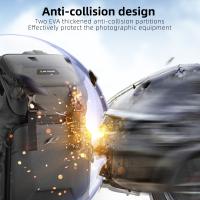
There are no comments for this blog.